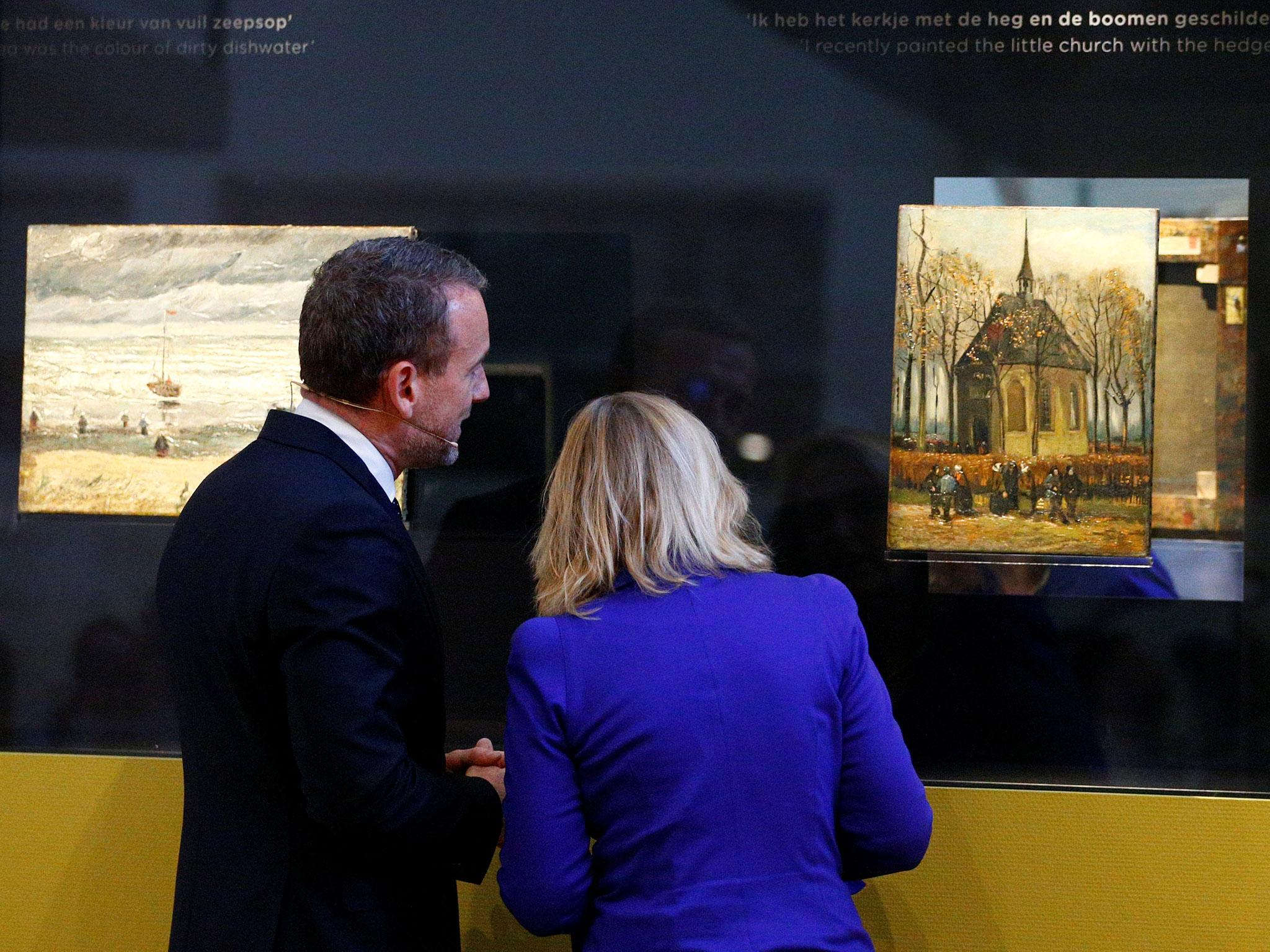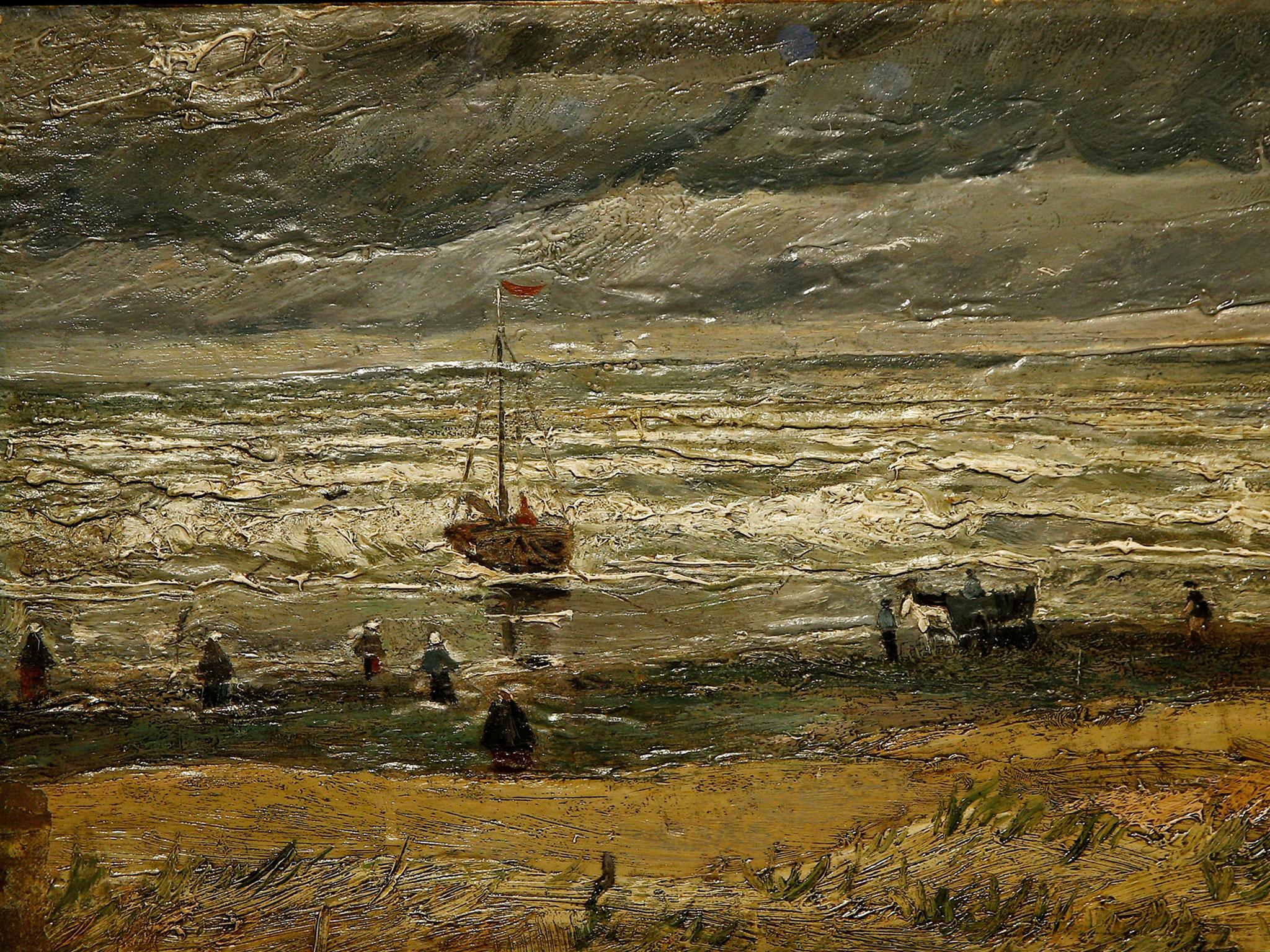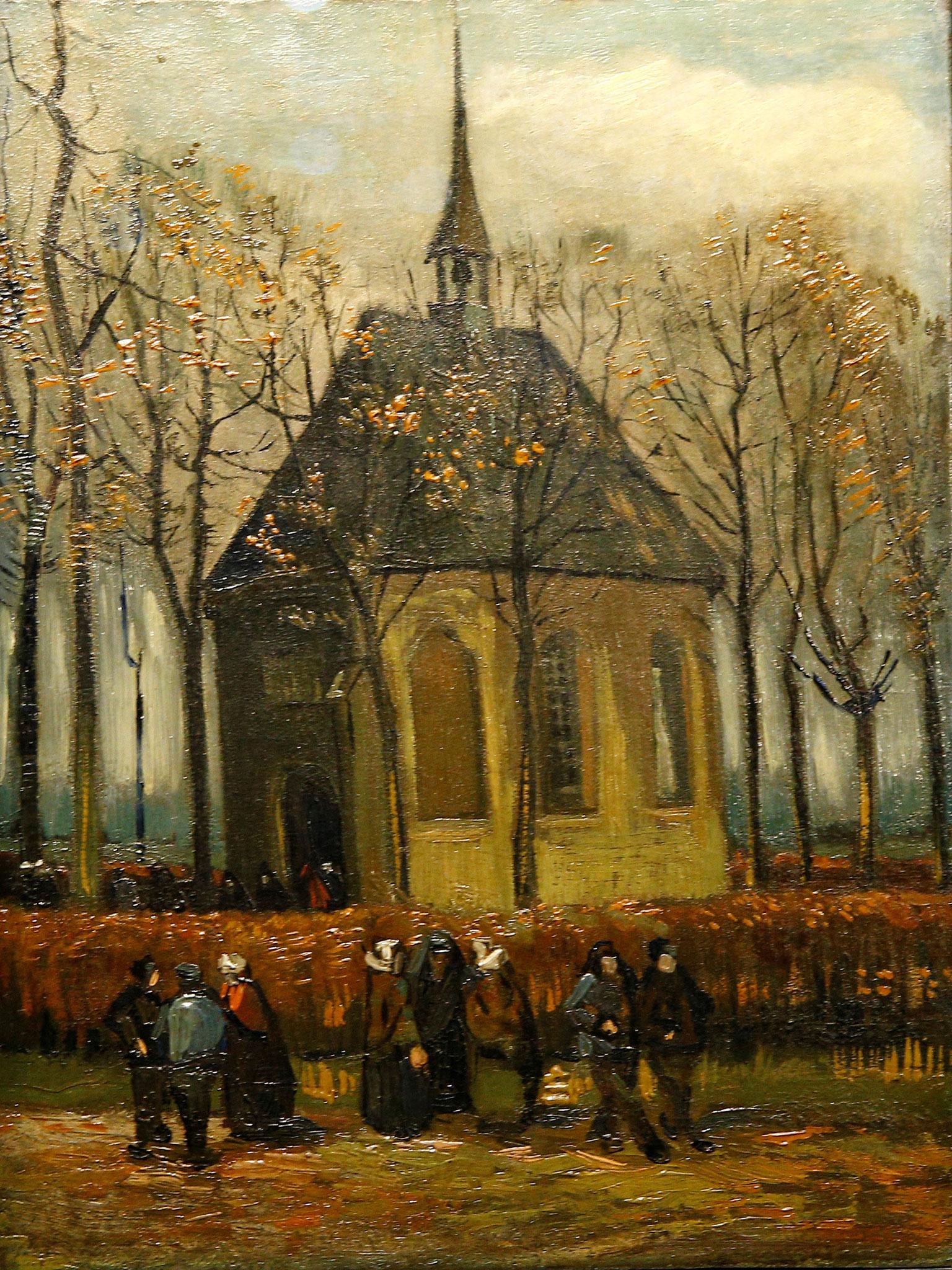Van Gogh paintings worth millions back on display 14 years after museum heist
‘After years shrouded in darkness, they can now shine again,’ says Dutch education minister

Your support helps us to tell the story
From reproductive rights to climate change to Big Tech, The Independent is on the ground when the story is developing. Whether it's investigating the financials of Elon Musk's pro-Trump PAC or producing our latest documentary, 'The A Word', which shines a light on the American women fighting for reproductive rights, we know how important it is to parse out the facts from the messaging.
At such a critical moment in US history, we need reporters on the ground. Your donation allows us to keep sending journalists to speak to both sides of the story.
The Independent is trusted by Americans across the entire political spectrum. And unlike many other quality news outlets, we choose not to lock Americans out of our reporting and analysis with paywalls. We believe quality journalism should be available to everyone, paid for by those who can afford it.
Your support makes all the difference.The Van Gogh Museum in Amsterdam has welcomed home two paintings by the Dutch master, more than 14 years after they were ripped off the museum’s wall in a night-time heist.
“They’re back,” said museum director Axel Rueger. He called their return one of the “most special days in the history of our museum”.
The paintings, the 1882 View of the Sea at Scheveningen and 1884-85 work Congregation leaving the Reformed Church in Nuenen were discovered last year by Italian police investigating suspected Italian mobsters for cocaine trafficking. The works have never been sold, so their value is unknown – but Van Gogh landscape paintings have sold for £50m at auctions.
The two paintings were wrapped in cotton sheets, stuffed in a box and hidden behind a wall in a toilet, said Gianluigi D’Alfonso of the Italian financial police, who was on hand at the museum to watch the ceremonial unveiling.
They were found in a farmhouse near Naples as Italian police seized €20m (£17.3m) worth of assets, including villas, apartments and even a small airplane. Investigators contend the assets are linked to two alleged Camorra drug kingpins, Mario Cerrone and Raffaele Imperiale.

“After years shrouded in darkness, they can now shine again,” Jet Bussemaker, the Dutch education minister, said as an orange screen slid away to reveal the two paintings behind a glass wall.
Italy’s interior minister, Angelino Alfano, said last year the paintings were “considered among the artworks most searched for in the world, on the FBI’s list of the top 10 art crimes”.
They are now back on display at the museum before being taken to its conservation studio for repair, although they suffered remarkably little damage as thieves who had clambered up a ladder and smashed a window to get into the museum in 2002 ripped them out of their frames and fled.

Speaking to a Dutch documentary team, one of burglars who was jailed over the theft, said it took under four minutes to take the paintings. Octave Durham, 43, was caught by police in Spain in 2003 and was released from prison in 2006.
“It is not only a miracle that the works have been recovered but it’s even more miraculous almost that they are in a relatively unharmed condition,” Mr Rueger said.
The museum director was on holiday when the call came last year from Italian authorities who believed they had recovered the paintings. He didn’t celebrate right away; he’d had calls like this before.
“I was hopeful but also a little hesitant because over the course of the years we had multiple occasions when people phoned us, contacted us, claiming that they knew something about the whereabouts of the works and each time it was false, the trace went cold,” he said. “So ... the way has been peppered with disappointment.”
But museum experts dispatched to Italy to check the authenticity of the works quickly turned Mr Rueger’s doubts into delight.
“It was something we had secretly been hoping for for all those years,” he said.
The two small works are not typical of Van Gogh’s later and better-known works, but are still vital pieces for the museum’s collection, Mr Rueger said.
The Scheveningen seascape, with a fishing boat and rough sea under a typically grey, cloudy Dutch sky, is one of Van Gogh’s earliest works and the only painting in the museum’s collection painted during his time in The Hague. It suffered a missing rectangular chip from the bottom left-hand corner.
The painting of the church in Nuenen portrayed the village where his parents lived. “He had painted as a gift to his mother, so it’s a very personal and emotional connection,” Mr Rueger said.
Mr Rueger said the paintings are now back for good at a museum which is home to dozens of works by Van Gogh, whose paintings fetch millions of pounds on the rare occasions they come up for auction.
“The security, I can assure you, is of triple-A quality now so I’m very confident that everything is safe in the museum,” he said.
Associated Press
Join our commenting forum
Join thought-provoking conversations, follow other Independent readers and see their replies
Comments